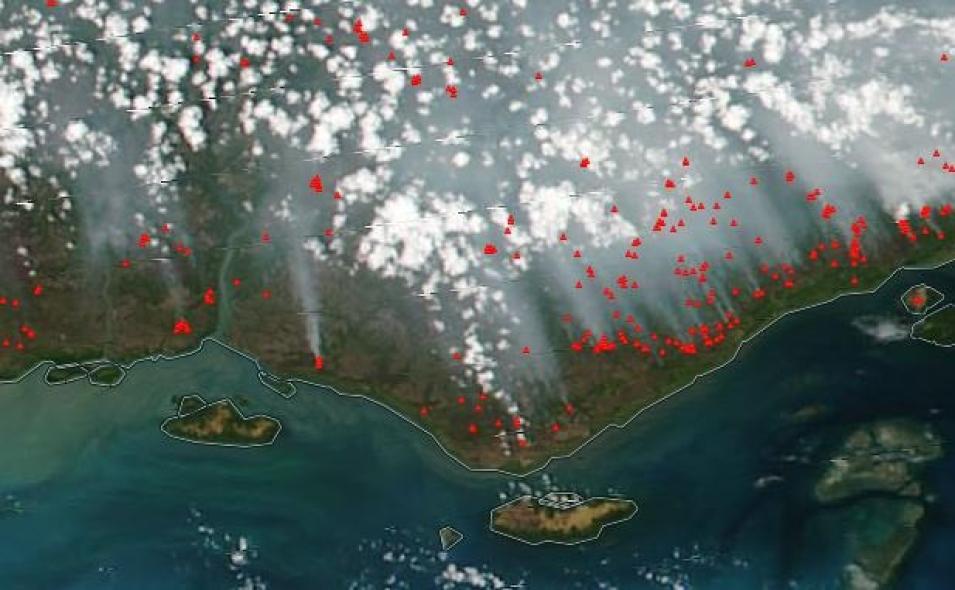While we love everything that MODIS has done and is still doing after 15+ years (!), we're very excited about the next generation of moderate resolution imagery provided by VIIRS - the Visible Infrared Imaging Radiometer Suite - on the Suomi-NPP satellite! GIBS is now providing daily, global mosaics of VIIRS imagery in full resolution. These include:
- Corrected Reflectance (True Color)
- Corrected Reflectance (Bands M3-I3-M11)
- Corrected Reflectance (Bands M11-I2-I1)
- Fires and Thermal Anomalies (Day, 375m)
- Fires and Thermal Anomalies (Night, 375m)
Check them out in Worldview! For this initial release, imagery begins on November 24, 2015 and is being produced in an ongoing basis in near real time - the imagery is available within 3-5 hours of acquisition from the satellite with the goal of reducing that latency further.





